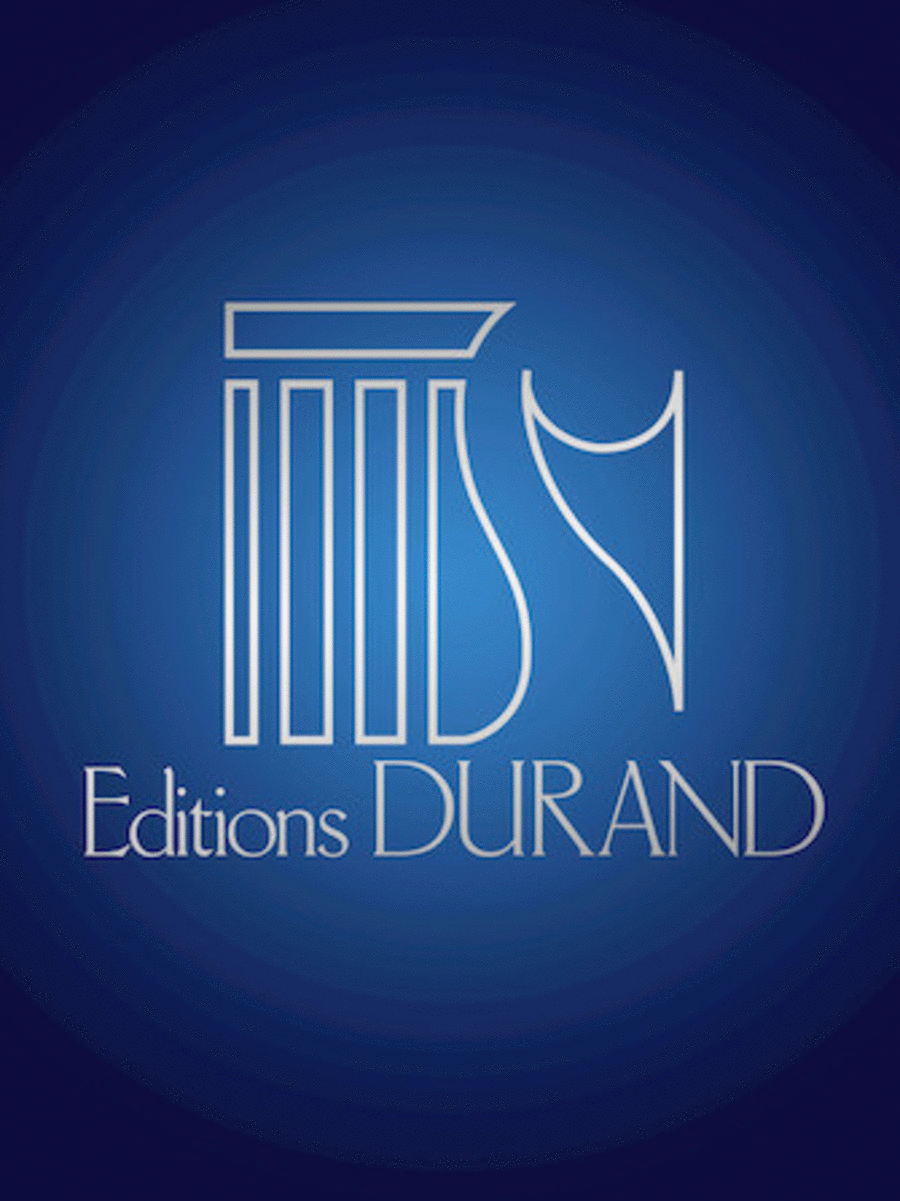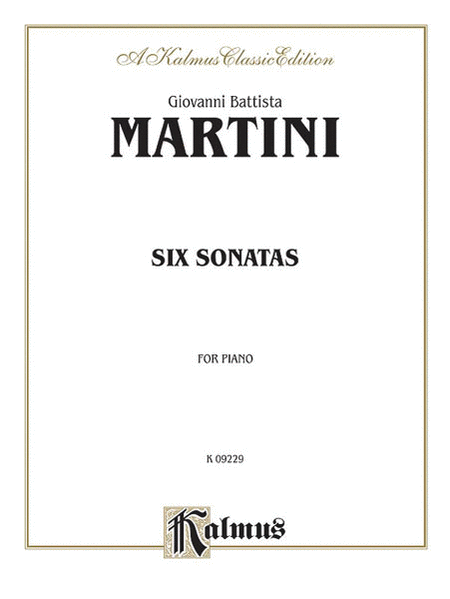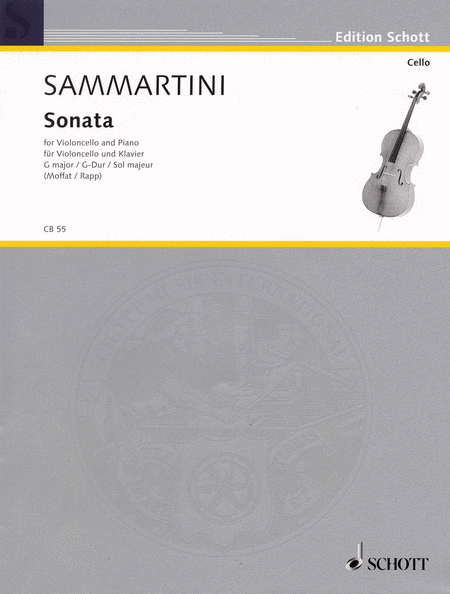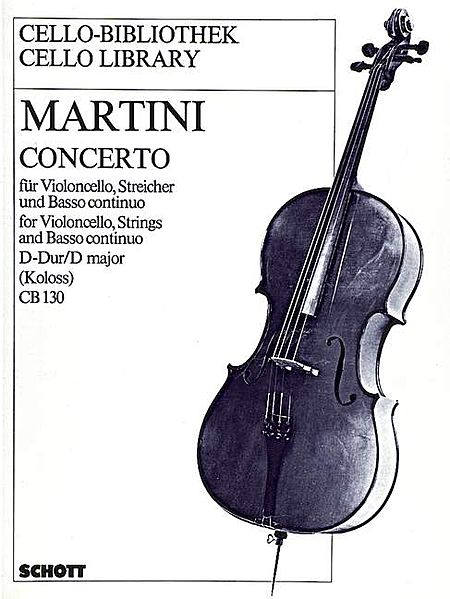Giovanni Battista Martini (1706 - 1784)
 Italie
Italie
Giovanni Battista Martini was born at Bologna.
His father, Antonio Maria Martini, a violinist, taught him the elements of music and the violin; later he learned singing and harpsichord playing from Padre Pradieri, and counterpoint from Antonio Ric ... (Read all)
Source : Wikipedia
 Italie
ItalieGiovanni Battista Martini was born at Bologna.
His father, Antonio Maria Martini, a violinist, taught him the elements of music and the violin; later he learned singing and harpsichord playing from Padre Pradieri, and counterpoint from Antonio Ric ... (Read all)
Source : Wikipedia
Free sheet music of Giovanni Battista Martini - ADAGIO
2 sheets found sorted by:
Search
| ||||||||||||||||||||||||||||||||||||||||
© 2000 - 2024
Home - New releases - Composers
Legal notice - Full version















